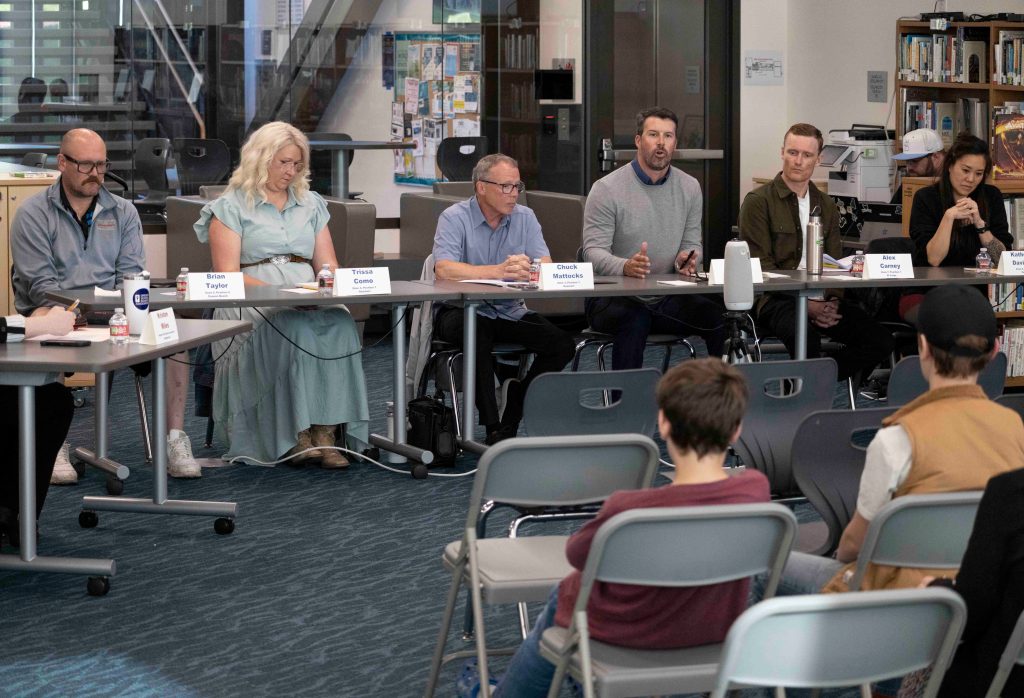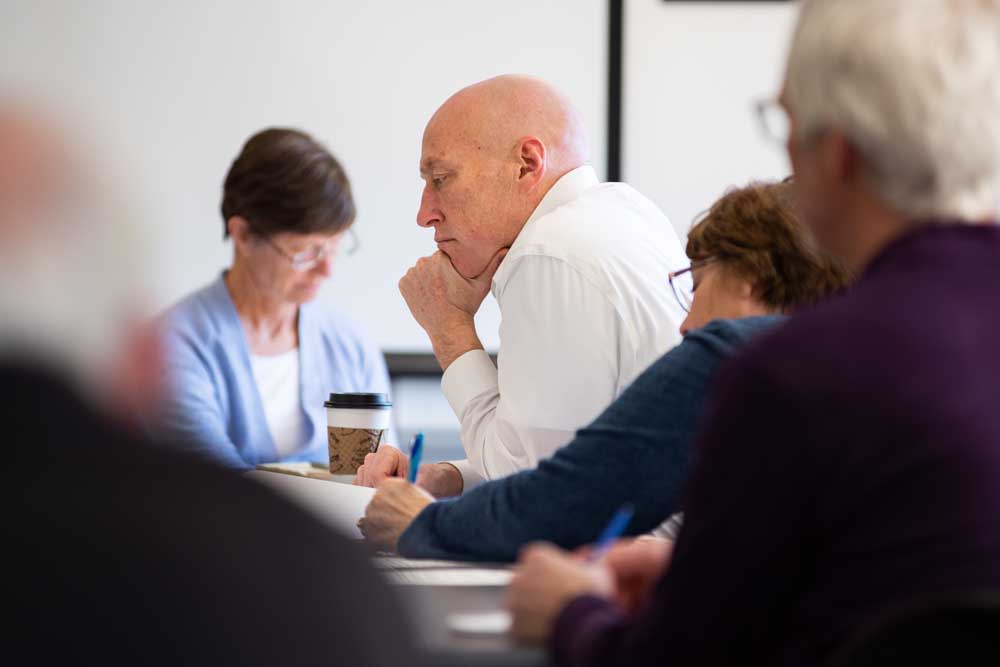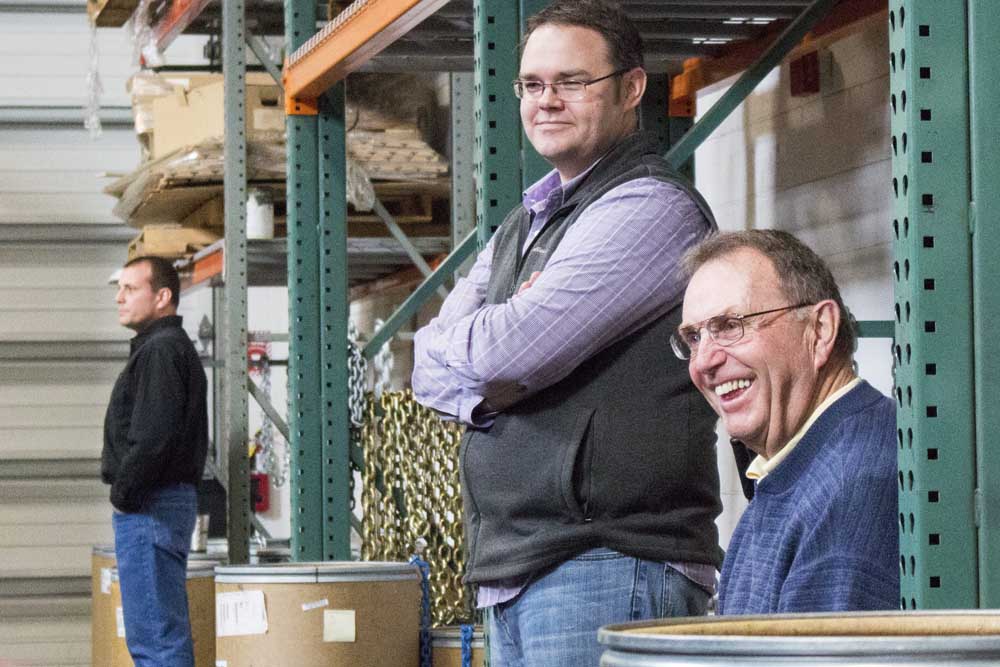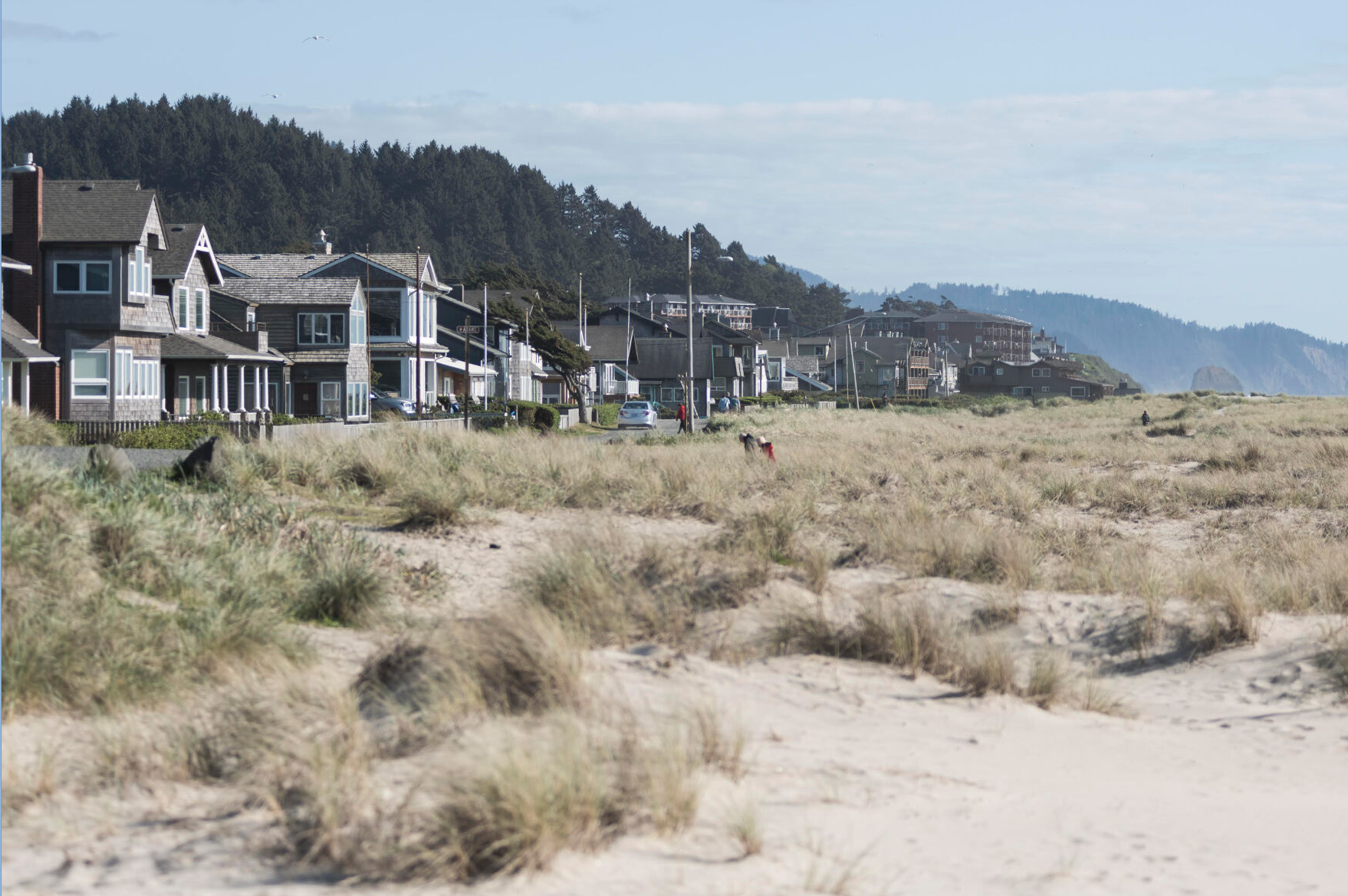Seaside School board candidates share their views
Published 5:13 pm Friday, April 25, 2025

- Candidates for the Seaside school board speak at a forum held at the Seaside Secondary School Library on Wednesday, April 23. Lukas Prinos/The Astorian
Funding, test scores and school programs were key issues for current and prospective Seaside School Board members at a candidate forum Wednesday night at Seaside High School.
The forum — hosted by the district and moderated by Kristen Miles, the director of board development for the Oregon School Boards Association — comes roughly a month out from the May 20 election, where voters will choose four candidates to serve on the school board for the next four years. This year, six candidates are running.
Candidates
Trending
In Zone 2, Position 2, and Zone 6, Position 2, two current board members — Brian Taylor and Katherine Davidson — are running unopposed. Taylor, the owner of Bruce’s Candy Kitchen in Cannon Beach is the current chair and has served on the board for 12 years. Davidson, a nurse, has served on the board since December.
In Zone 3, Position 1, Chuck Mattocks faces Trissa Como. Mattocks, who spent more than 35 years as a teacher in the district and whose son attended district schools, also brings prior government experience as a former Gearhart city councilor and Clatsop County planning commission member and chair.
Como said she’s running to help create a safe environment for her children and other children in the district. She emphasized her desire to collaborate with other board members, highlighting experiences working with at-risk youth and homeschooling her own children for a few years.
In Zone 7, Position 1, Alex Carney is running against Jason Haag. Carney, an account manager, emphasized a desire to increase language access for students and families who communicate in a language other than English, especially in a district like Seaside, where around 30% of students are Latino. He brings more than 20 years of experience in language services and translation, and served on the board of Consejo Hispano for around four years, including as treasurer and briefly as an interim executive director.
Haag, a senior director of operations at a publicly traded solar technology company with a background working with state and federal agencies in the U.S. Coast Guard, has also served on the school district’s budget committee for the last three years. He stressed the importance of equal opportunities for students and addressing gaps across different student demographics.
Funding
Trending
Candidates generally expressed confidence in the district’s administration as it works through the budget for the upcoming fiscal year. However, some expressed concerns over the potential loss of federal funding.
While the majority of the district’s general fund comes from sources like local property taxes, levy dollars and timber revenue, the district also receives federal grants for programs like free breakfasts and lunches, Title I and the Individuals with Disabilities Education Act.
Superintendent Susan Penrod confirmed that some federal funding used to support professional development and a new teacher mentor program has already been eliminated. As the district monitors other potential changes, it is adding an additional $3.3 million to its reserves to ensure all services provided through federal funding can continue uninterrupted.
Although Seaside may not be as reliant on federal funding as some districts, Carney said he sees public education under attack — and he wants to do everything he can to defend it.
“I deeply support public schools, and I would say there is a big risk right now,” Carney said.
Como, Taylor and Mattocks echoed similar concerns. However, they also brought up other issues. Four school districts, including Seaside, have historically fallen outside of the state’s school equalization formula because local revenue has been higher than what the state’s formula would provide.
“There’s no question that (funding) is a serious, serious issue,” Mattocks said. “I don’t know if everyone knows, however, Seaside is one of four school districts in the state of Oregon that do not fall under the state funding model. We will be fully funded even with cuts. Now that may not exist forever; it may not work for us forever, but we’re OK for now.”
Mattocks added that he thinks it’s important to increase family engagement to help keep students from falling behind. Taylor and Davidson also highlighted high rates of absenteeism as another important issue to tackle.
Test scores
Another key issue was test scores. According to data from the Oregon Department of Education, 39% of students in the Seaside School District demonstrated proficiency in language arts last school year, while 22.8% demonstrated proficiency in math. Both those numbers were lower than the statewide average.
Como said she’d be interested in identifying solutions to low test scores — whether it’s through increased tutoring support or curriculum changes. However, she said she also doesn’t think test scores are everything.
“There’s real life after school, and I think that we need to make sure, as a school district, we’re preparing our kids for a future that doesn’t look like just checking a box and taking a test, spitting out answers,” she said. “They need to have real life experience as well, so I think that we should be having that discussion too.”
Mattocks felt similarly.
“I’d like to get them up,” Mattocks said, referring to test scores, “and I think we would all probably agree that we need to do everything we can to have better math ability, but they’re test scores. Success in school is more than a test score, and success in life is not going to really make much difference what your test score was.”
Haag emphasized a systematic approach, including setting yearly goals for the district and regularly evaluating whether those goals are being met.
“If we did, great, let’s move that bar up next year. And if we didn’t, why?” he said. “And the means for that is additional resources for the administration, because those resources will allow the teachers to spend more time with the students, teaching the students.”
He added that he is particularly interested in increasing access to opportunities and addressing gaps in outcomes across different student demographics, for example among Latino students.
“You cannot just do this as a blanket spread. We have to address those smaller communities, and it’s the admin’s responsibility to go and execute on that,” Haag said.
Carney pointed to bigger-picture challenges, like poverty, as one potential focus as the district seeks to improve test scores.
“I always come back to partnerships, working within the community, listening, being curious, and trying to cultivate an environment much greater than just the school, where kids are put in positions to succeed and have positive outcomes in their life,” Carney said.
Other issues
Candidates generally agreed on issues like funding arts programs, increasing engagement between students and the board and supporting student mental health resources. Mattocks and Haag both also emphasized a hope for continued collaboration between the district and Clatsop Community College, and Haag highlighted the importance of maintaining reduced class sizes for kindergarteners.
Carney stressed the importance of increased language access, advocating for a Spanish language class at Seaside Middle School. Meanwhile, Davidson said she’d be supportive of increased bilingual programs, especially for younger students at the elementary school level.
Taylor underscored the district’s ninth-grade on-track and career technical education programs. Como said she wants to see an updated education model that better helps students prepare for what’s next.
“This is not just about policy. For me, it is about people,” Como said. “It’s about our children who deserve an excellent education in a safe and nurturing environment. It’s about our families, whose voice should always be heard in the decisions that affect our children’s lives, and ultimately, it’s about our future, because the decisions that we all make today are going to shape the world that our children inherit tomorrow.”









